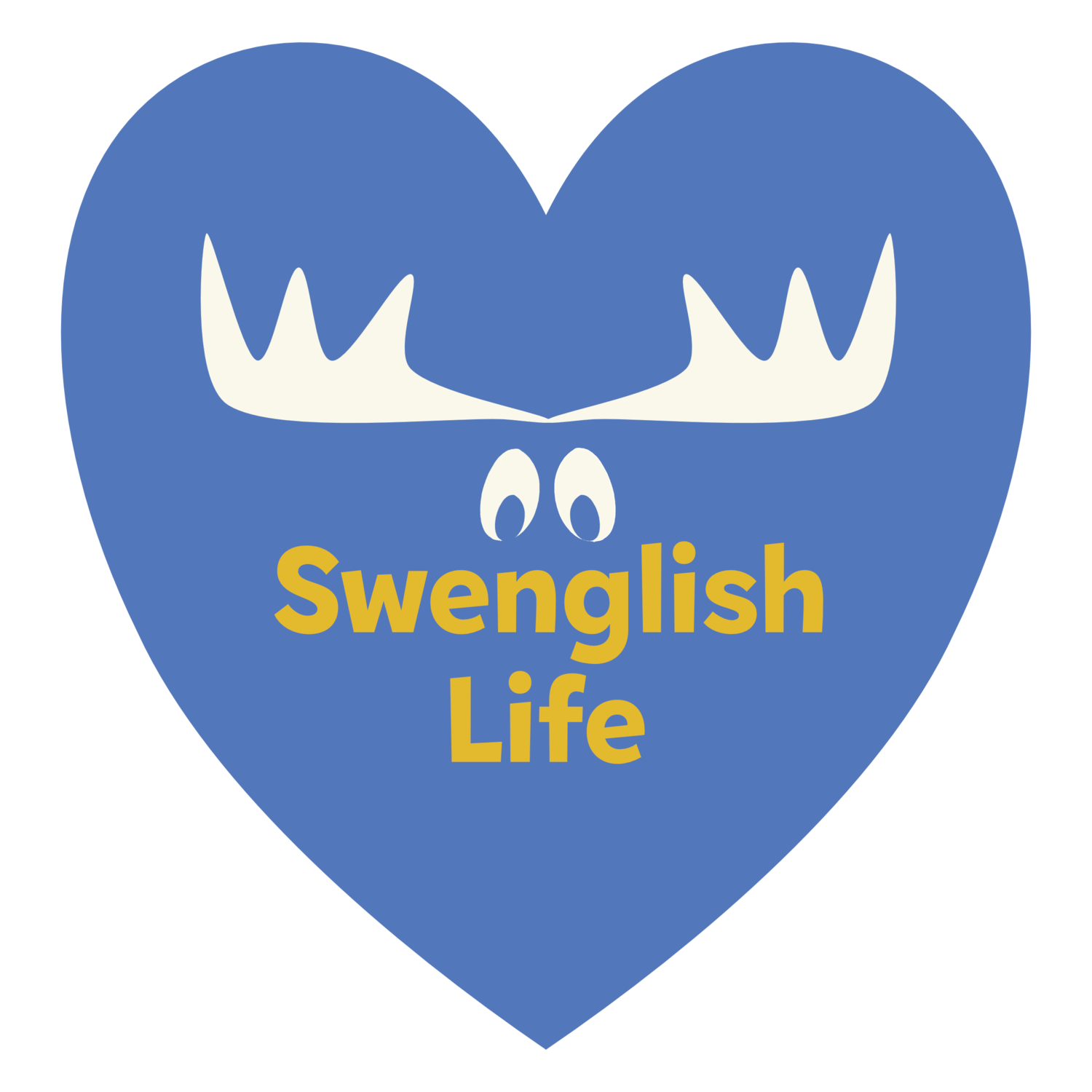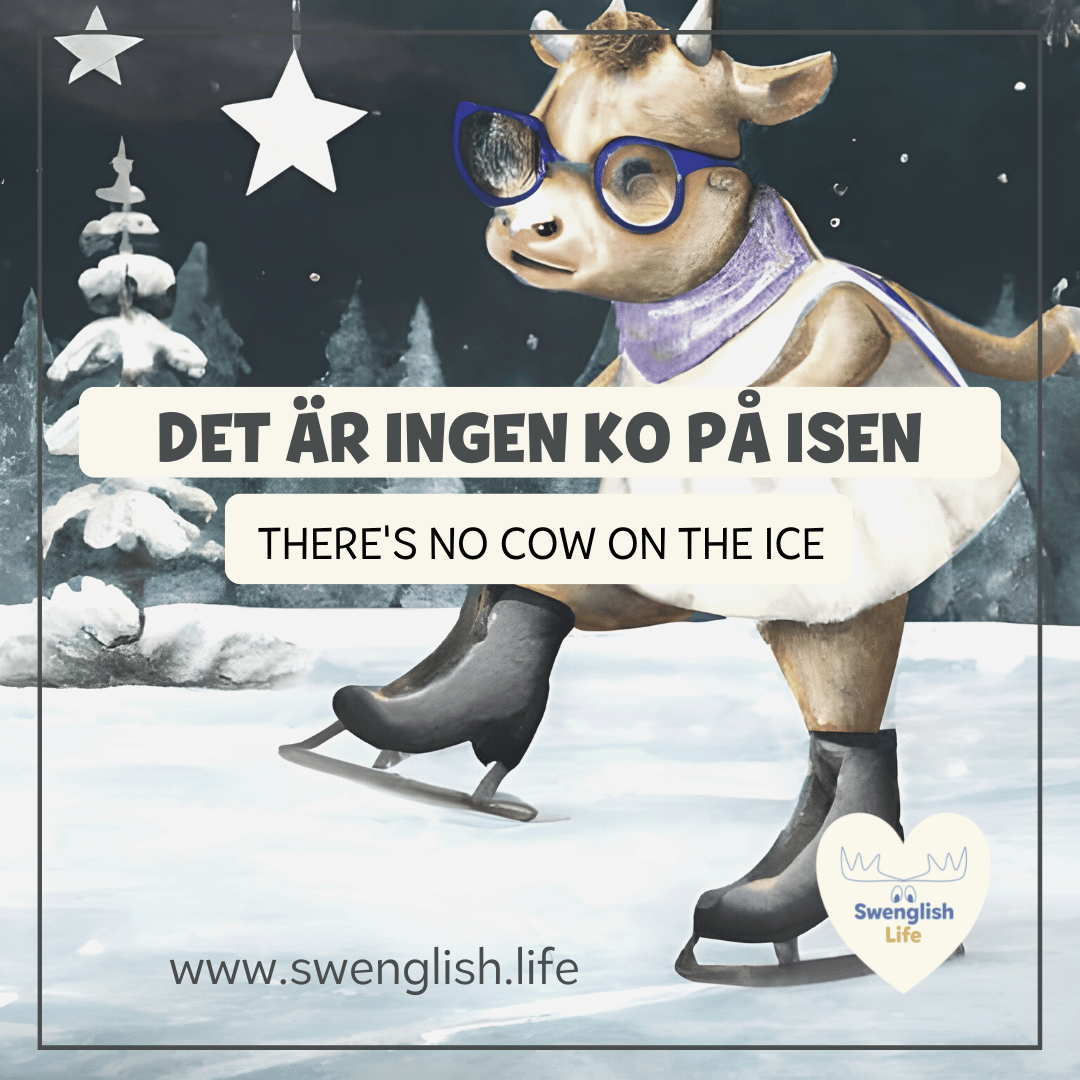No Cows on the Ice: What does the Swedish Idiom 'Ingen Ko På Isen’ mean?
The Swedish expression "ingen ko på isen" is a phrase used to describe a situation where everything is calm and under control.
If you were to translate it directly to English, it would mean "no cow on the ice."
But what does this phrase have to do with cows and ice, and how is it used in daily Swedish speech?
According to Allas.se, the expression "ingen ko på isen" is several hundred years old and means "there is no rush or danger." It becomes clearer in its full form: "Det är ingen ko på isen så länge rumpan är i land," which translates to "there is no cow on the ice as long as its hindquarters are on land." In other words, there is nothing to worry about as long as the cow has solid ground under its hooves and can save itself if the ice breaks.
This expression likely originated in a time when there was no running water in the barnyard. Instead, cows were led to a lake every day to drink. In the winter, this could cause problems if the lake was frozen over. If a cow ended up on the ice, there was a high risk that it would slip and potentially injure itself severely.
How to use the idiom
So, how is "ingen ko på isen" used in daily Swedish speech? Essentially, it is used to describe a situation where everything is going smoothly and there are no problems to worry about. For example, you might say "Det är ingen ko på isen" if you want to reassure someone that everything is okay with a project you’re working on.
If you're learning Swedish, or if you have kids who are learning Swedish, it's always a good idea to add some fun and interesting phrases to your vocabulary. And what could be more fun than a clumsy cow trying to navigate an icy surface?

